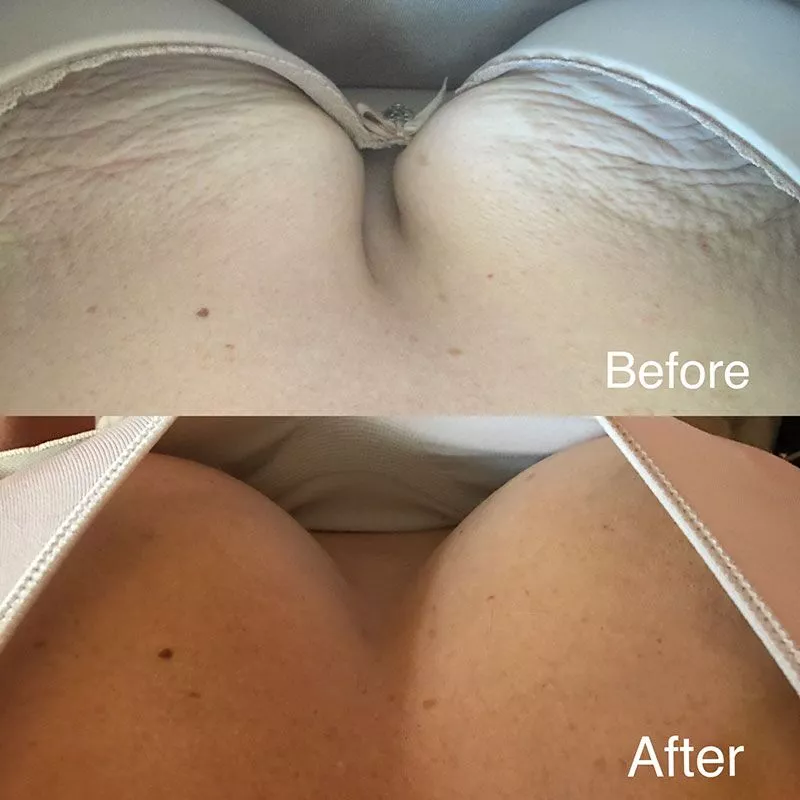Introduction
The eyes are often stated to be the windows to the soul, and as such, they play a considerable function in how we perceive ourselves and how others perceive us. As we age, the fragile skin around our eyes can start to sag, leading to an exhausted or aged appearance. Thankfully, there are different alternatives readily available for invigorating this location. This short article will check out how to select between surgical and non-surgical eyelift options, intending to equip you with blepharoplasty the understanding needed to make an informed decision.
From blepharoplasty (eyelid surgical treatment) to minimally intrusive treatments like fillers and lasers, understanding your options is essential. It's not just about visual appeals; it has to do with enhancing your confidence and well-being. Let's look into the nuances of both surgical and non-surgical options so you can find what finest matches your needs.
What is Blepharoplasty?
Defining Blepharoplasty
Blepharoplasty, frequently described as eyelid surgery, is a cosmetic procedure created to improve the look of the eyelids. This surgical treatment can address concerns such as sagging skin, puffiness, and excess fat deposits that create an aged appearance.

Types of Blepharoplasty
- Upper Eyelid Surgical treatment: Targets drooping upper eyelids that can block vision. Lower Eyelid Surgery: Focuses on removing bags under the eyes. Double Eyelid Surgical treatment: Popular in specific cultures for creating a crease in the upper eyelid.
Who Should Consider Blepharoplasty?
Individuals who are worried about aging indications around their eyes or those with genetic conditions impacting their eyelids may discover this surgical treatment beneficial.
Benefits of Blepharoplasty
Restores vibrant appearance Improves vision in cases where excess skin blocks sight Long-lasting resultsUnderstanding Non-Surgical Eyelift Options
Overview of Non-Surgical Treatments
Non-surgical alternatives supply a less intrusive option for those searching for eye renewal without going through surgical treatment. These approaches can include:
- Dermal fillers Botox Laser treatments Chemical peels
Popular Non-Surgical Treatments Explained
Dermal Fillers
Fillers can help bring back volume lost due to aging and minimize the look of great lines around the eyes.
Botox Injections
Botox relaxes muscles that cause wrinkles, offering a smoother appearance around the eyes.
Laser Treatments
Lasers can tighten up skin and decrease pigmentation concerns without downtime connected with surgical recovery.
Chemical Peels
These help slough off dead skin cells, revealing fresher skin beneath and decreasing great lines.
How Do Surgical and Non-Surgical Options Compare?
Effectiveness In time: Which Lasts Longer?
Surgical treatments like blepharoplasty normally offer longer-lasting outcomes compared to non-surgical treatments, which might require repeated sessions.
Recovery Time: What Should You Expect?
- Surgical Recovery: Normally involves swelling and bruising long lasting numerous weeks. Non-Surgical Recovery: Minimal downtime is anticipated; numerous patients resume normal activities immediately.
Cost Contrast: Budgeting for Your Choice
|Procedure Type|Typical Expense|| -----------------------|----------------|| Blepharoplasty|$3,000 - $5,000|| Botox (per session)|$300 - $600|| Dermal Fillers|$500 - $1,200|| Laser Treatments|$250 - $1,500|
Note: Costs vary by location and practitioner.
Factors Affecting Your Decision-Making Process
Personal Goals: What Are You Looking For?
Consider what changes you're wishing to see. Are you looking for dramatic results or subtle enhancements?
Age Factors to consider: When Is It Appropriate?
While there is no stringent age limitation for either alternative, a lot of prospects are generally over thirty years old.
Skin Type & Condition: Can It Affect Your Choice?
Your skin's elasticity plays a vital function in figuring out which choice might be more efficient for you.
Consultation with Professionals: Why Is It Important?
Before making any decisions concerning eye rejuvenation treatments or surgical treatments, talking to a board-certified cosmetic surgeon or skin doctor is paramount. They can supply important insights customized specifically to your needs.
How to Choose In between Surgical and Non-Surgical Eyelift Options?
When weighing your options in between surgical and non-surgical eyelift choices, think about these bottom lines:
Understand what each treatment entails. Assess healing times based on your lifestyle. Evaluate long-lasting benefits vs short-term gains. Discuss financial implications thoroughly. Set practical expectations based upon professional advice.This comprehensive factor to consider will assist make sure that you choose an alternative that aligns with your objectives while supplying satisfactory outcomes.
FAQs About Eyelift Options
1. What is the main difference between blepharoplasty and non-surgical treatments?
Blepharoplasty involves surgical intervention targeted at correcting structural concerns around the eyes; non-surgical treatments focus on momentary enhancements through injectables eyelid contouring or laser techniques.
2. How long do results from non-surgical treatments last?
Depending on the treatment type-- Botox may last three to 6 months while dermal fillers might last six months as much as 2 years before requiring maintenance.
3. Is blepharoplasty covered by insurance?
In some cases where vision impairment occurs due to drooping eyelids, insurance coverage may cover part of blepharoplasty expenses; nevertheless, purely cosmetic treatments normally aren't covered.
4. Can I have both surgical and non-surgical treatments done together?
Yes! Numerous patients choose complementary approaches-- such as having blepharoplasty followed by Botox-- to accomplish optimal visual results.
5. Are there risks related to eyelid surgery?
As with any surgery, risks include infection, scarring, or frustration with results; thus thorough assessment is important beforehand.
6. Who should prevent non-surgical treatments?
Those with specific medical conditions or allergic reactions need to consult their healthcare provider before going through any injectable treatments.
Conclusion
Choosing in between surgical and non-surgical eyelift options requires cautious consideration of numerous elements consisting of effectiveness, recovery time, expense ramifications, personal choices regarding aesthetic appeals, and assistance from healthcare specialists in cosmetic dermatology or plastic surgery fields. Comprehending your special needs will empower you in making an informed choice that not just enhances your look but likewise improves self-esteem for many years ahead-- the supreme objective being complete satisfaction with your reflection in life's mirror!

In summary-- whether going with blepharoplasty or checking out non-invasive alternatives-- remember that every option boils down to what feels right for you personally!